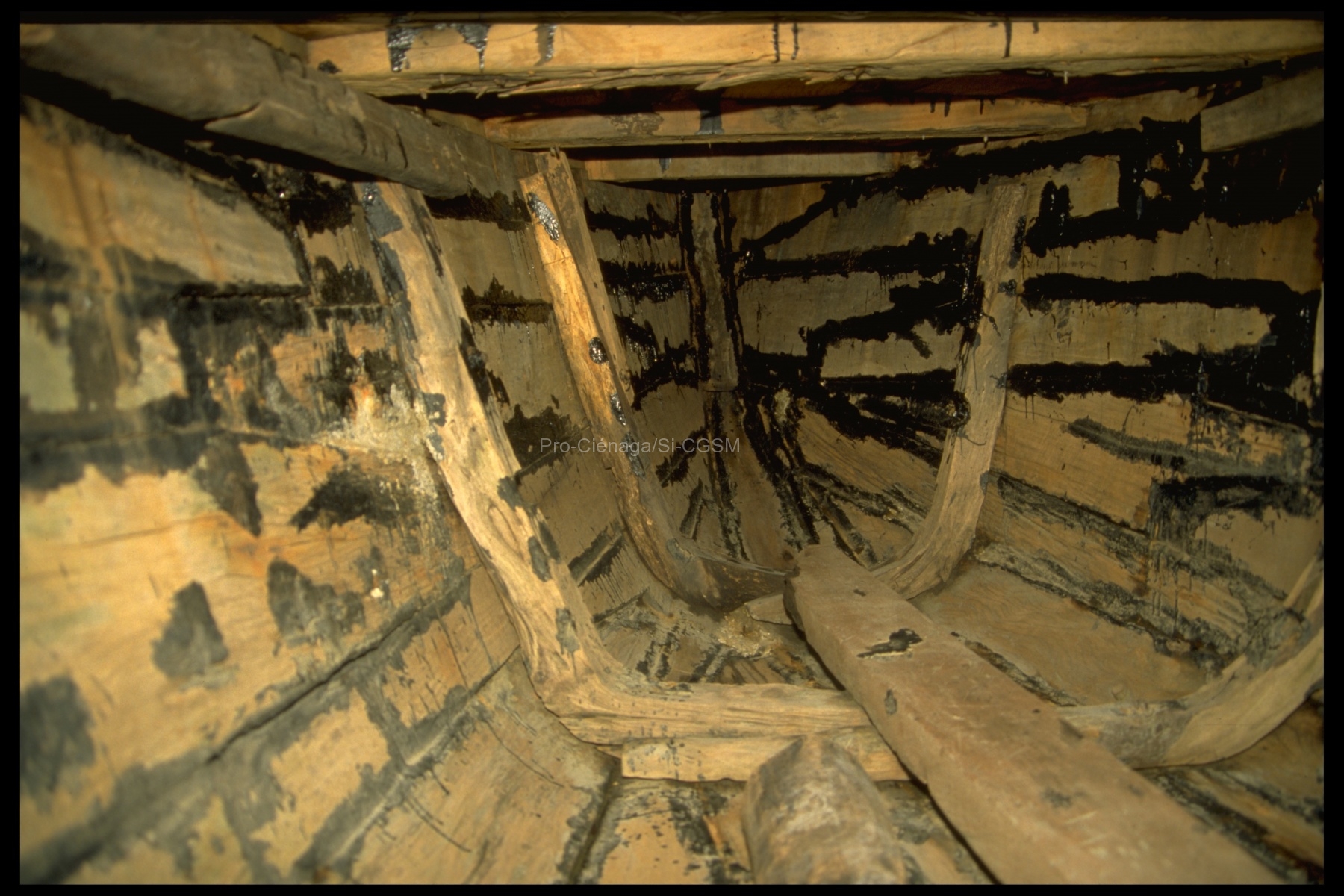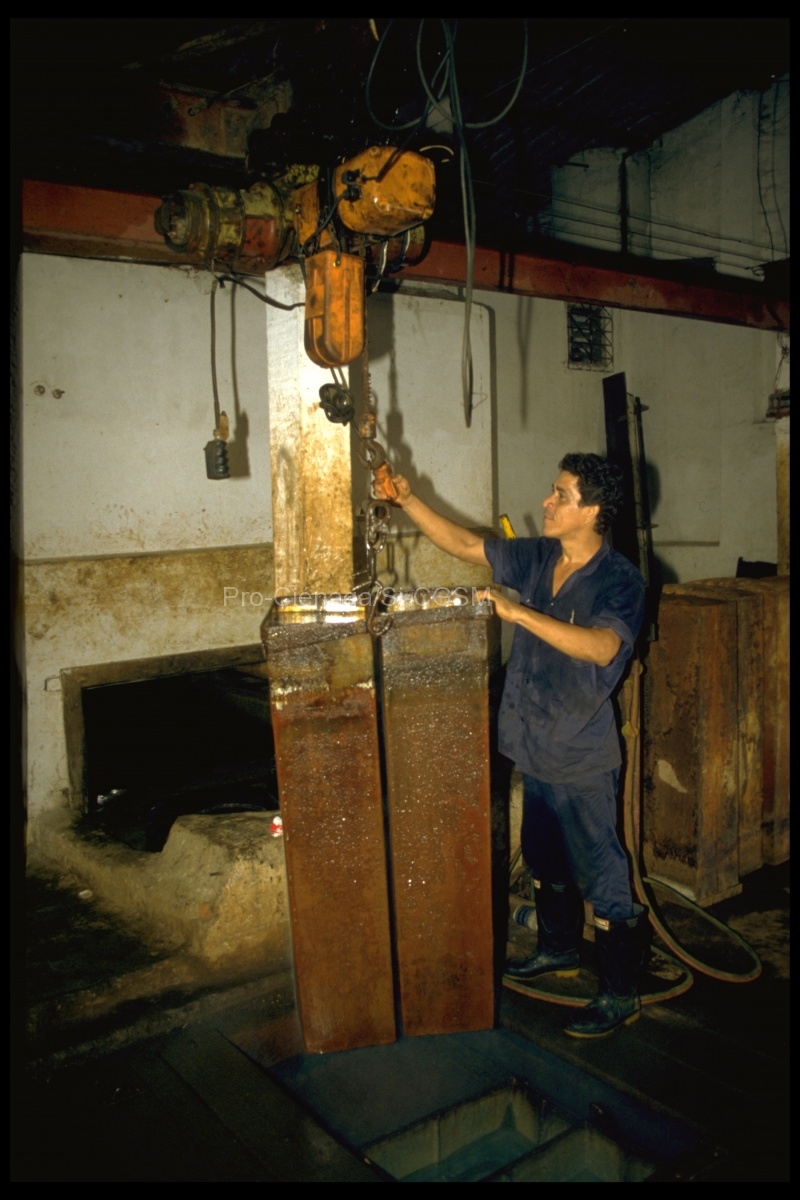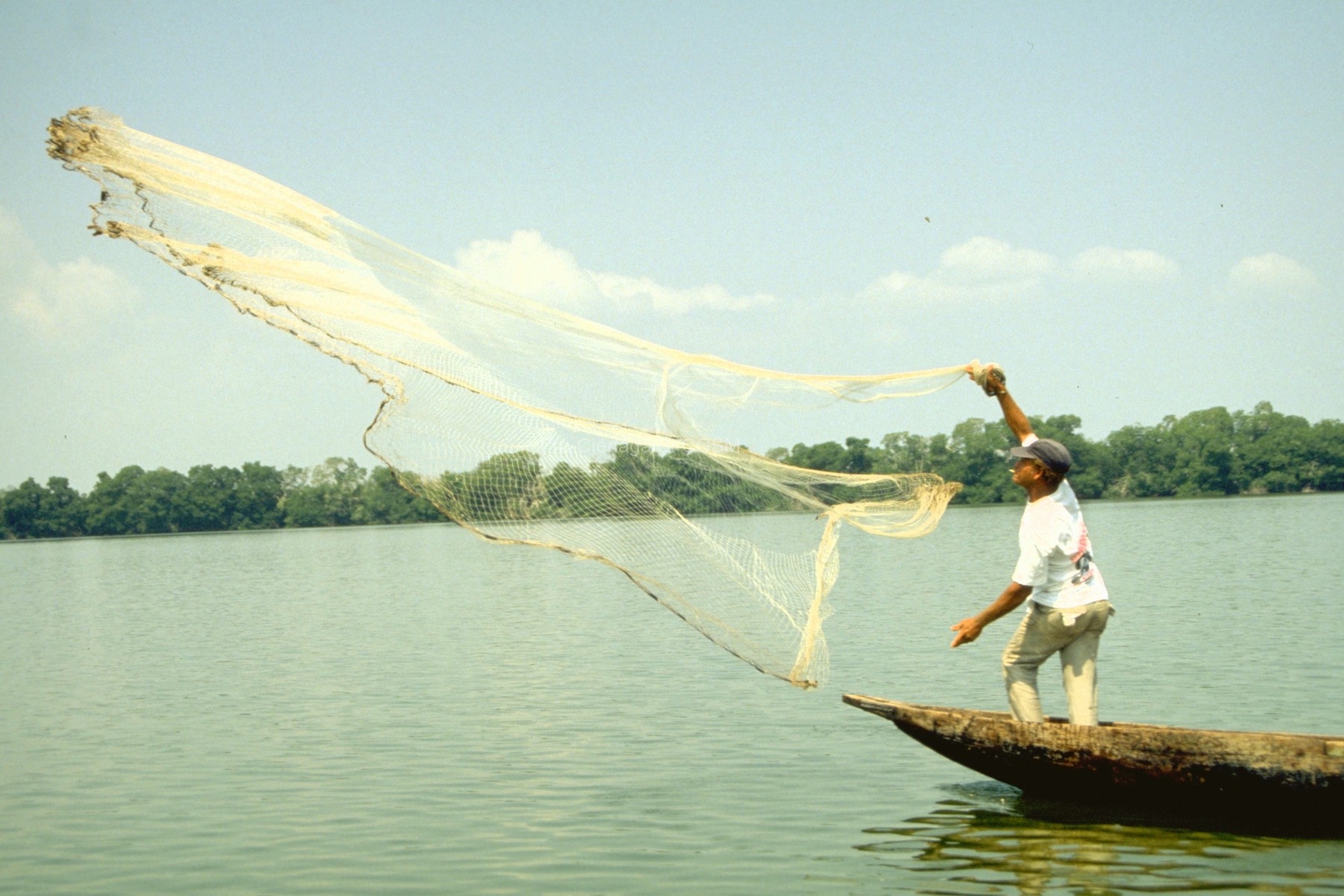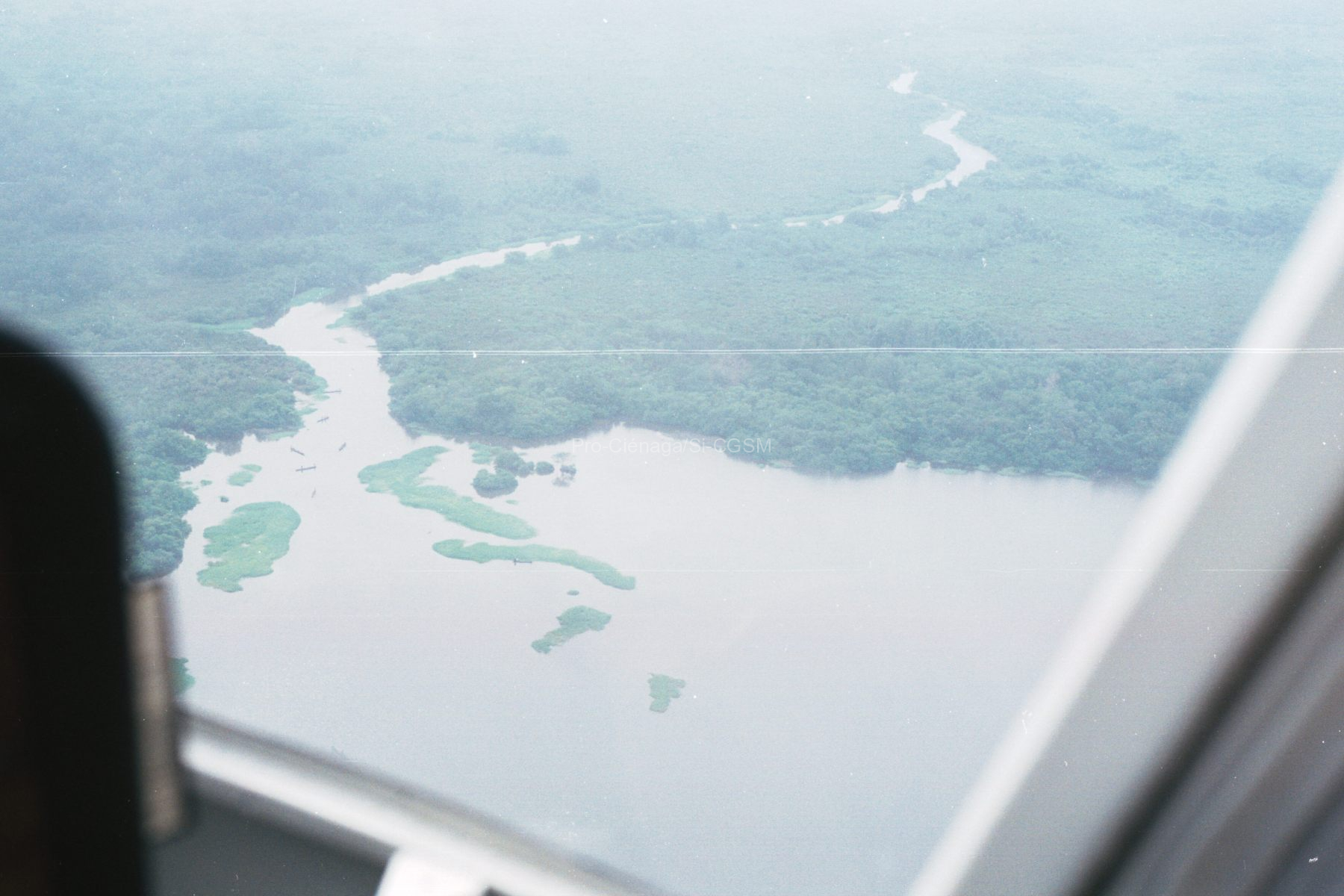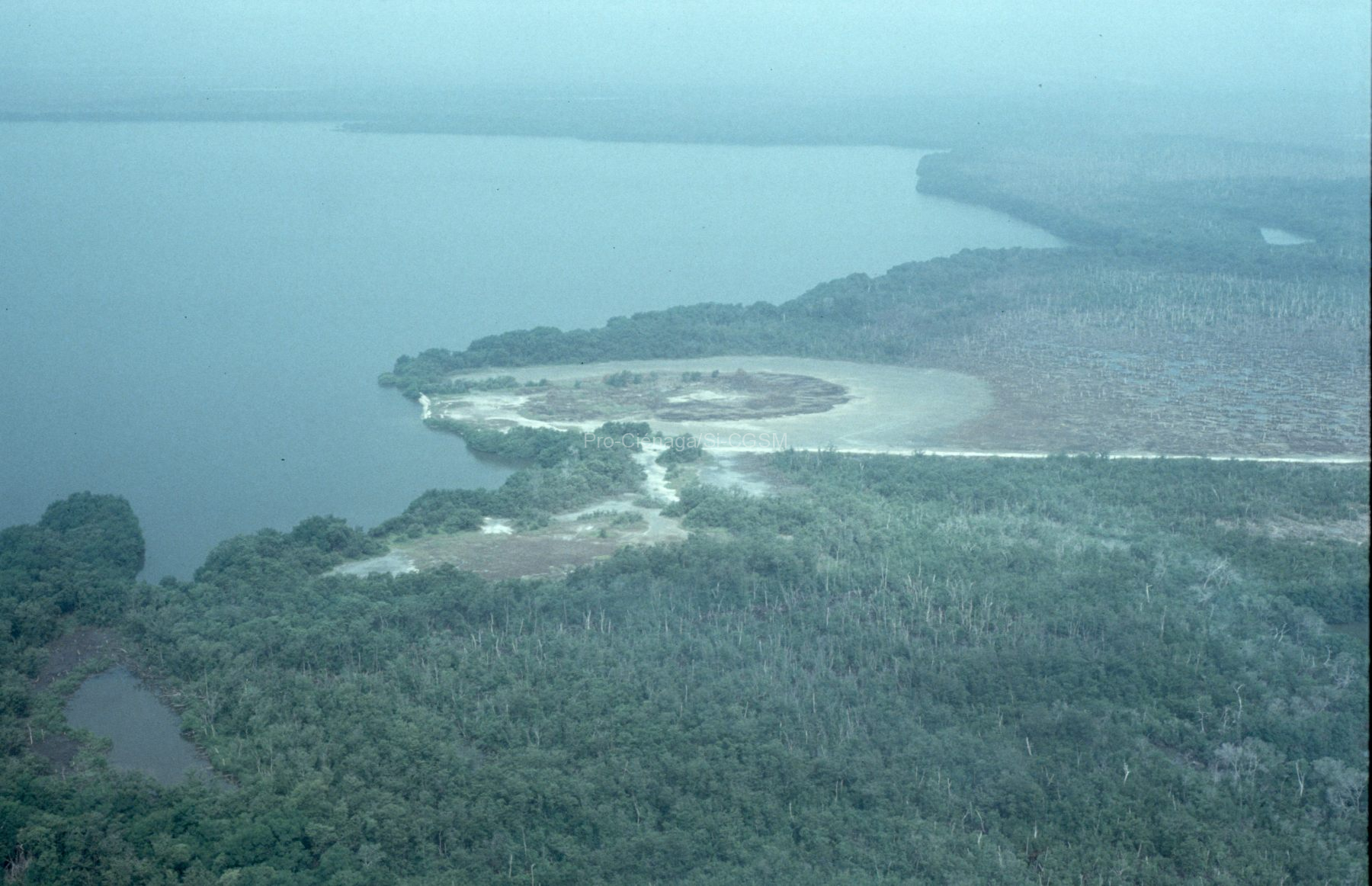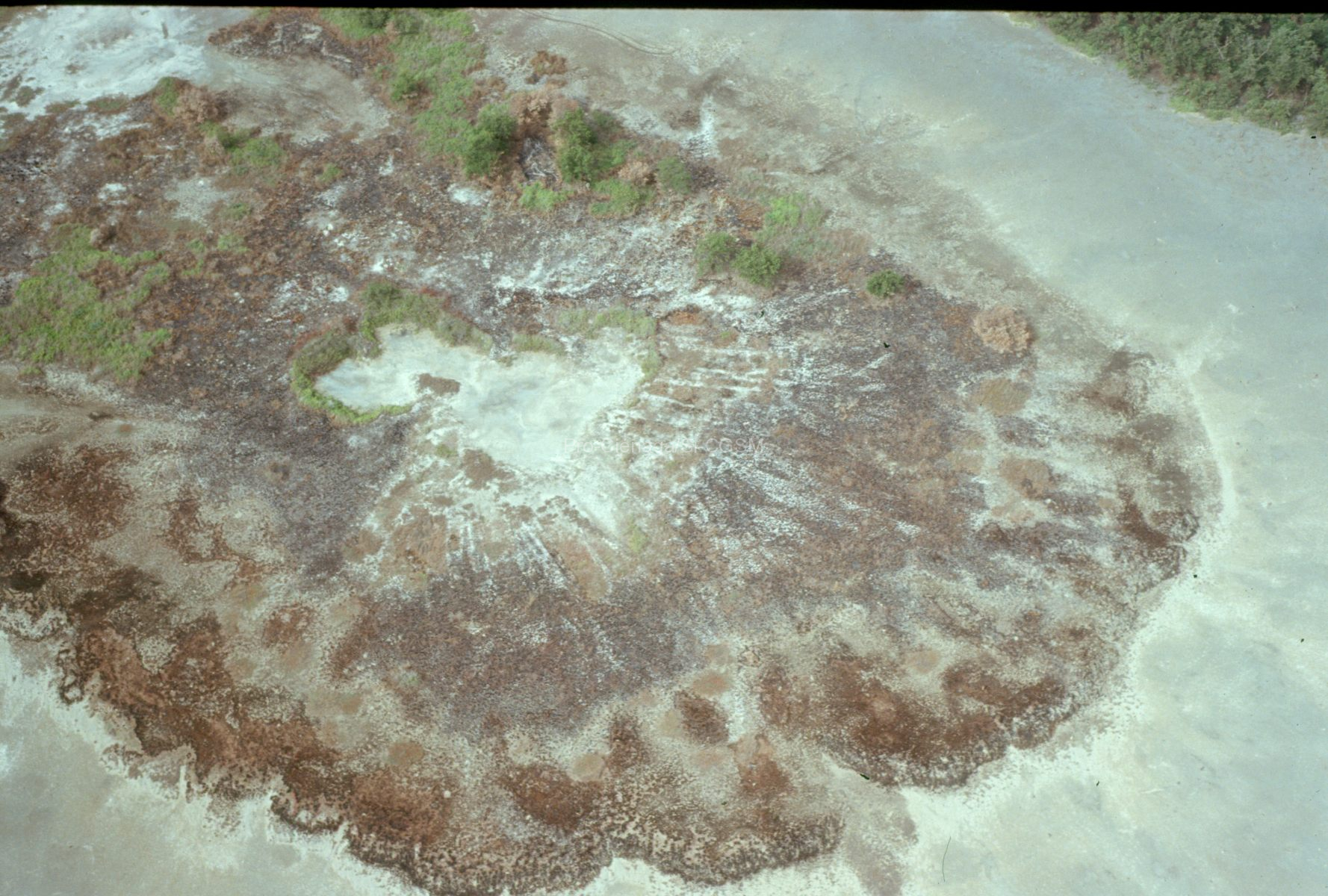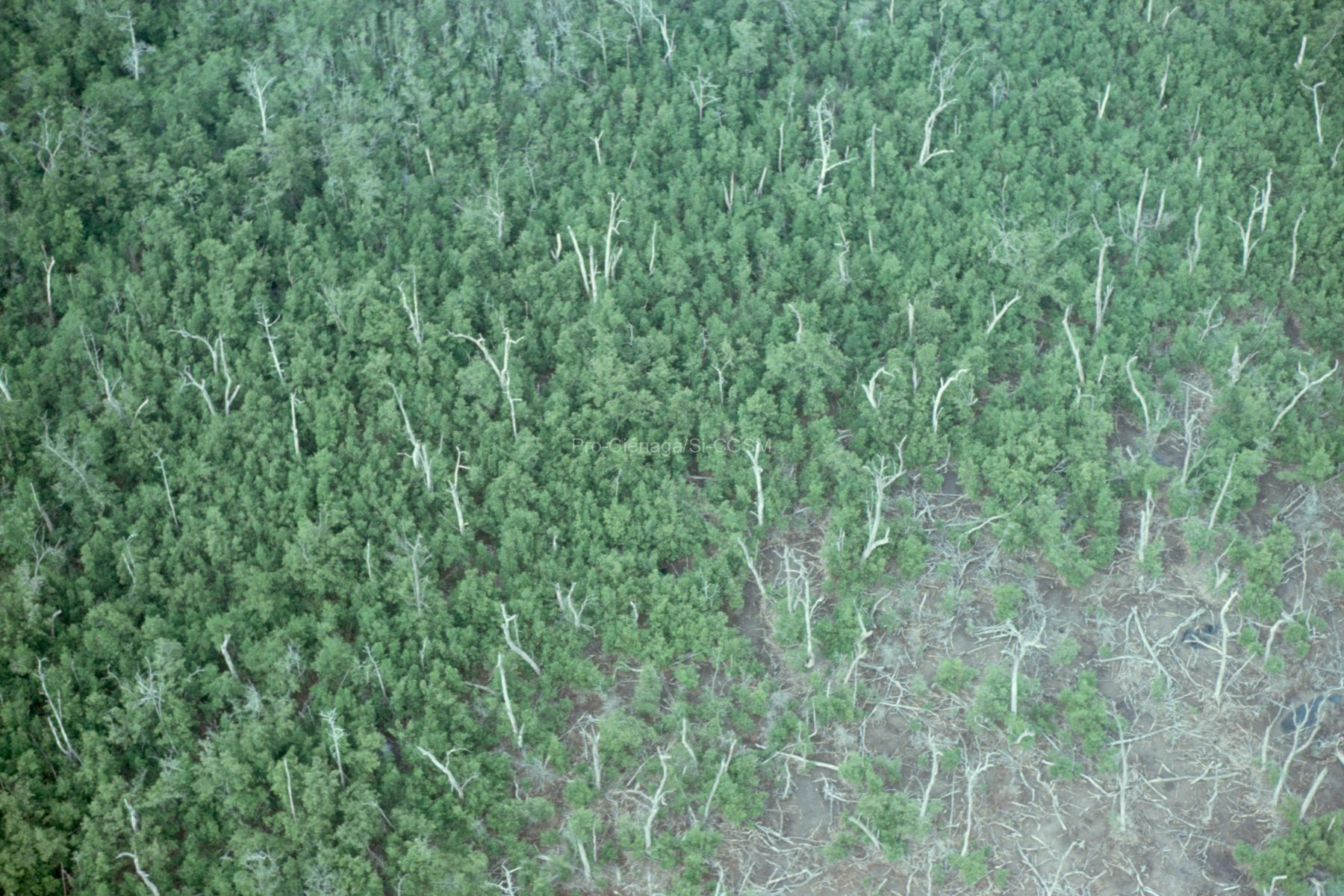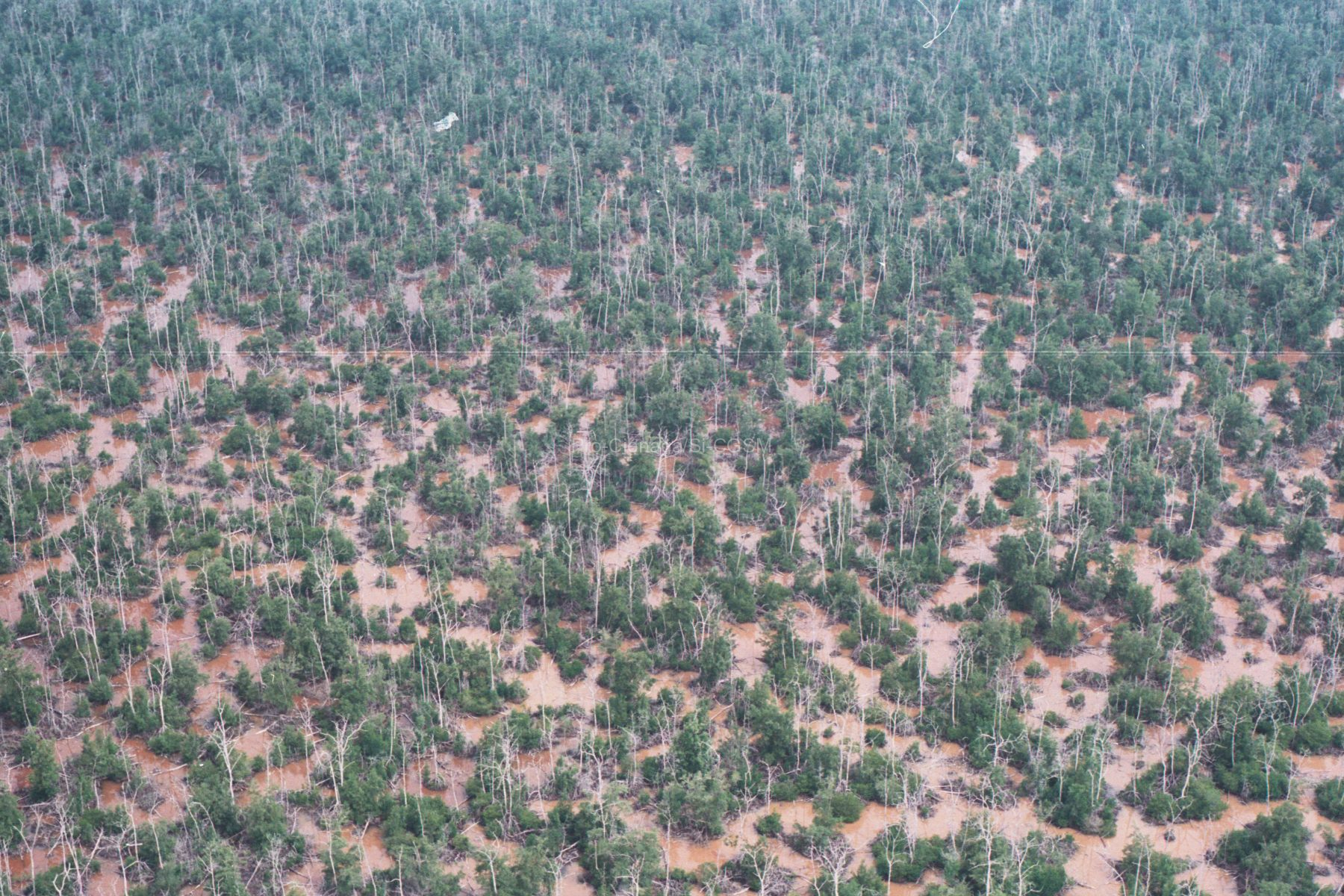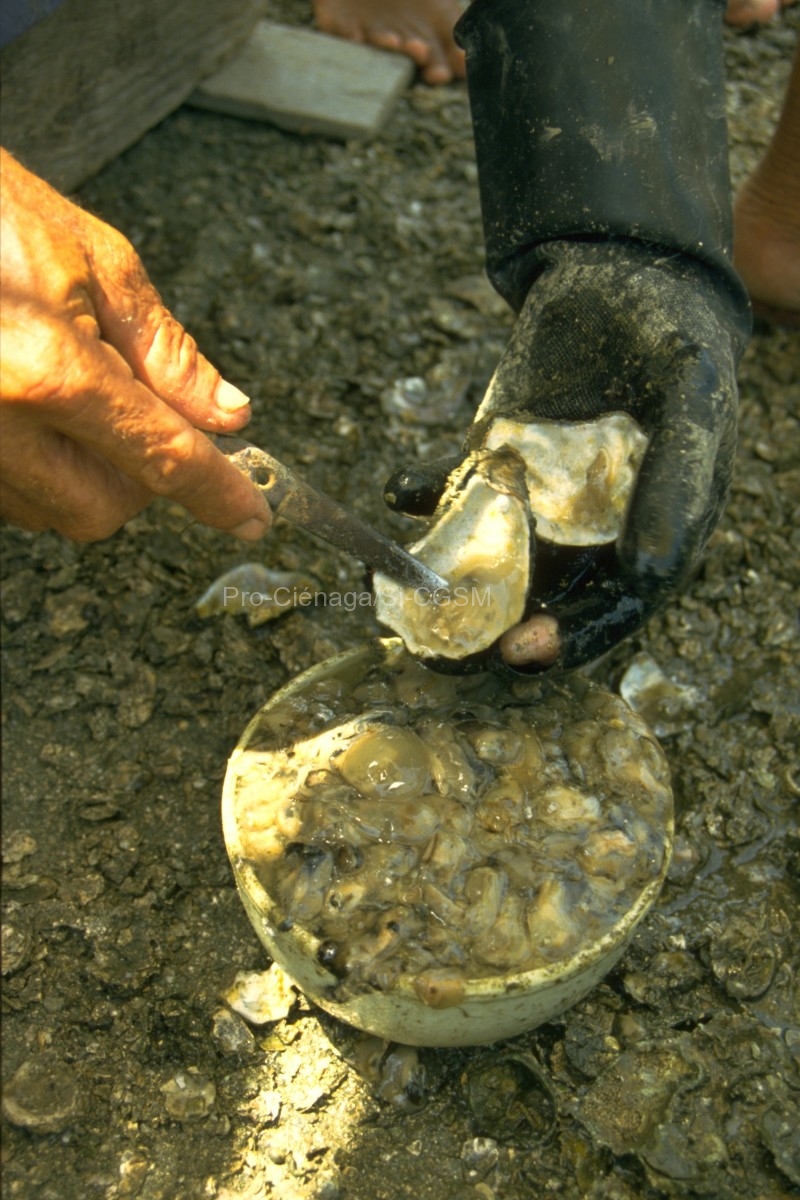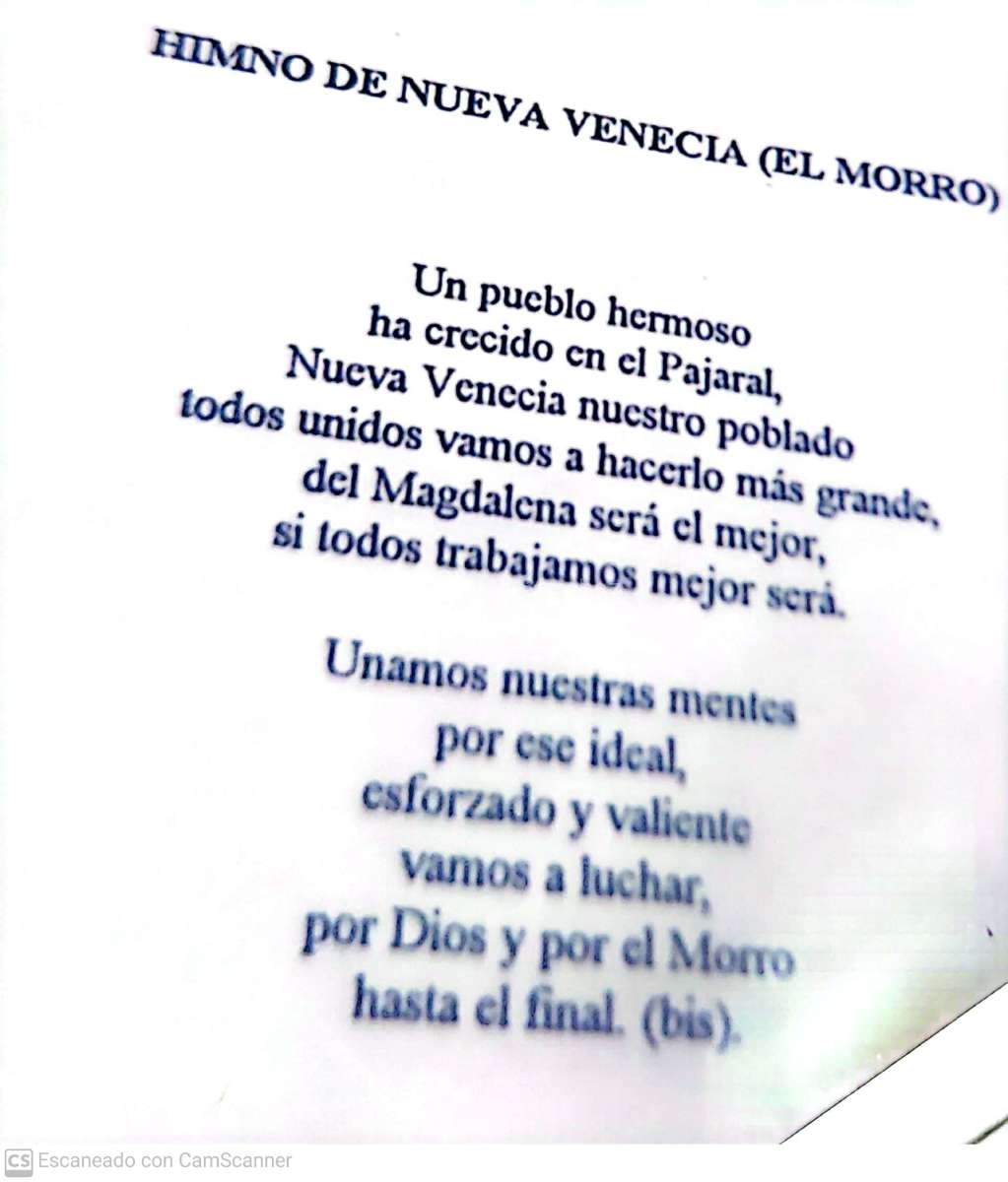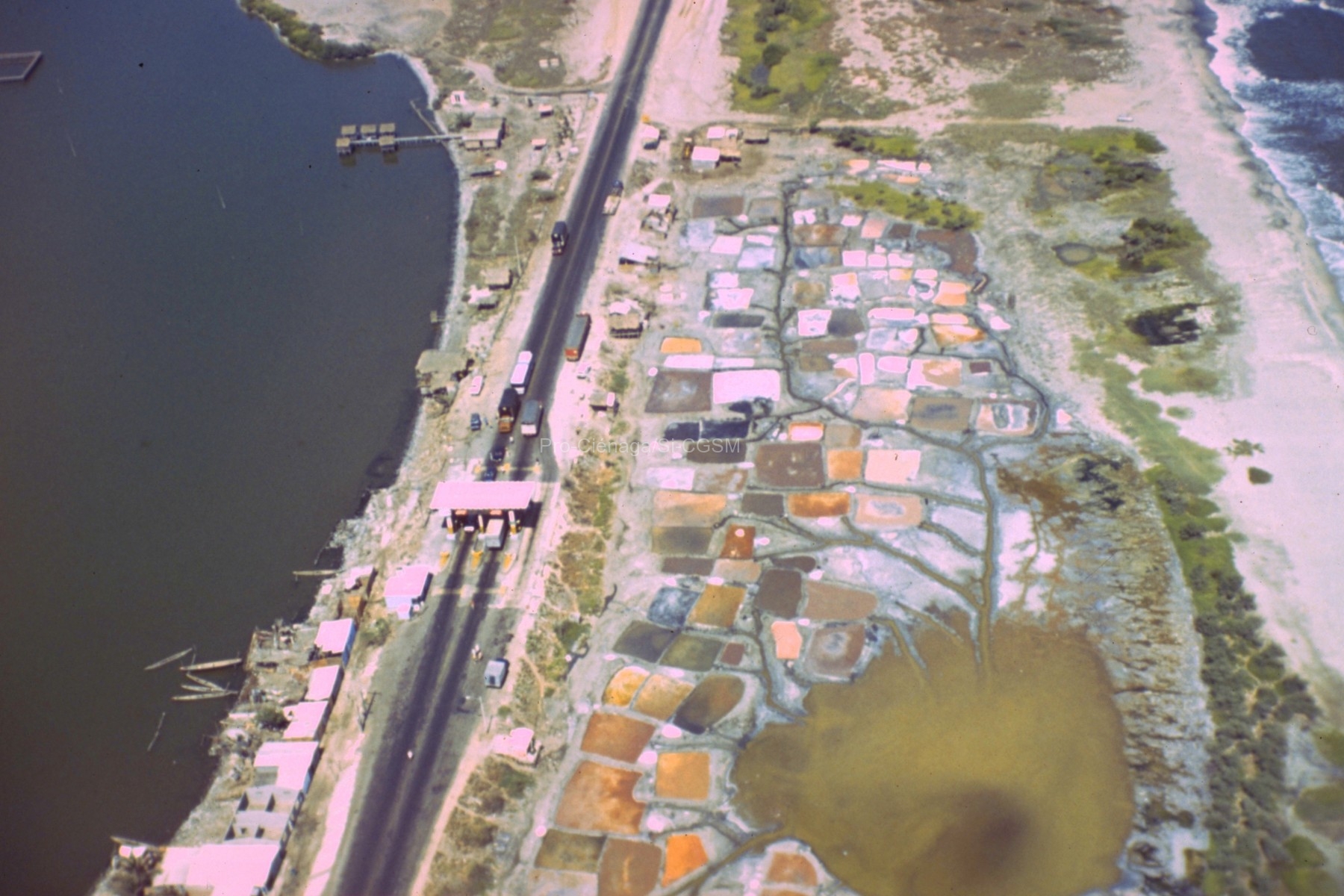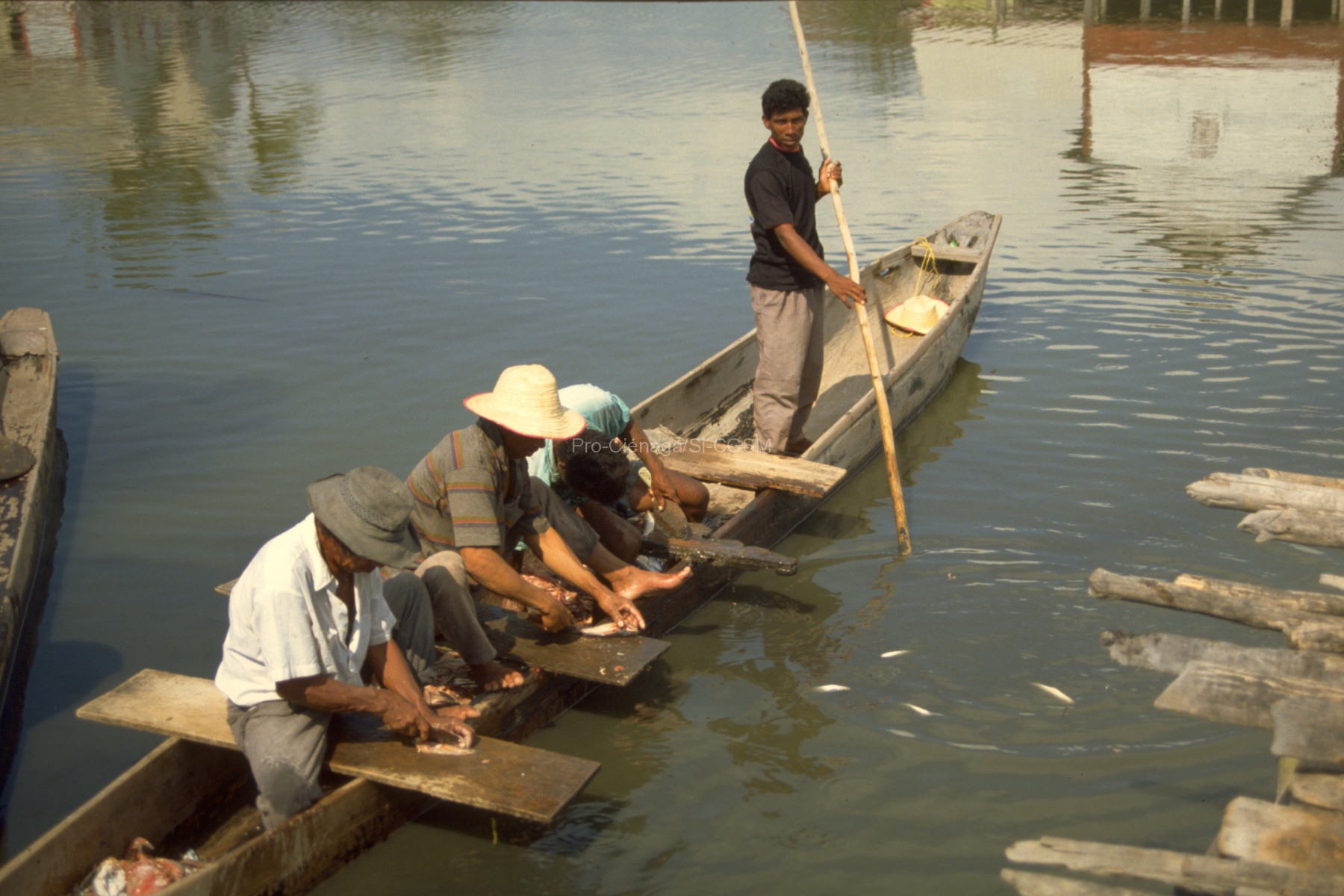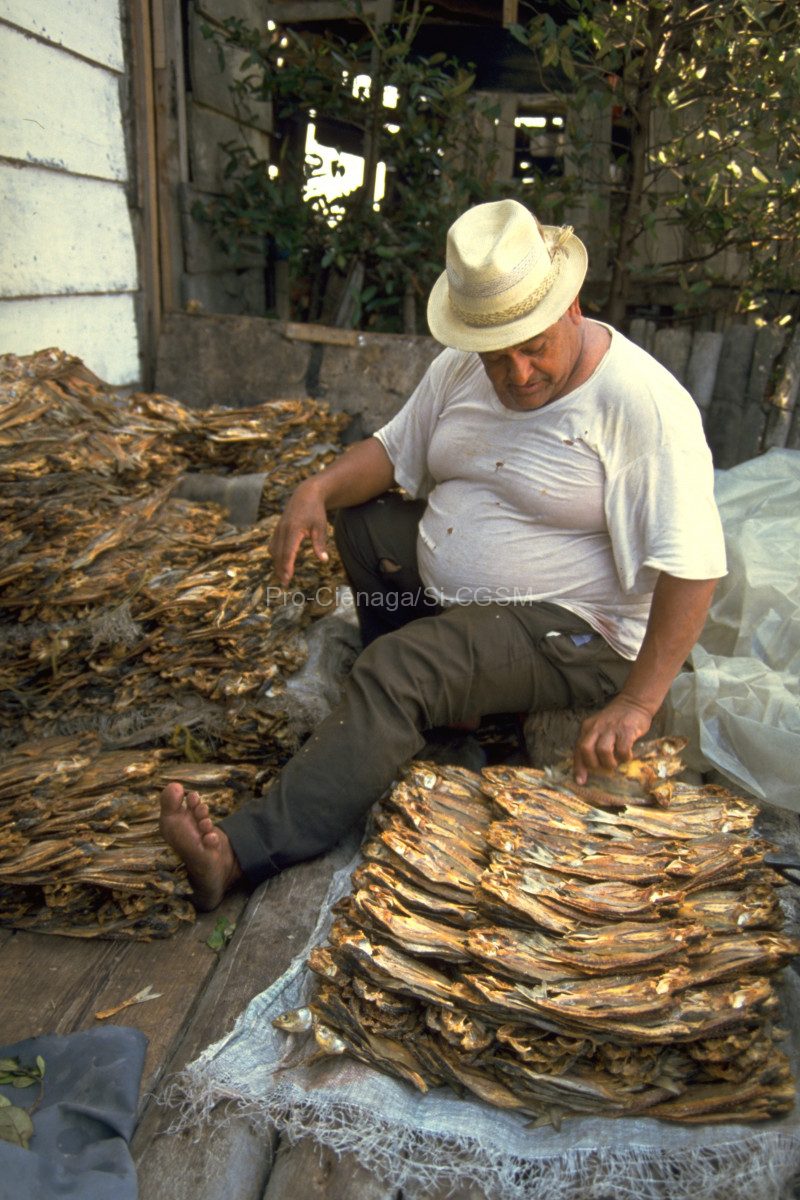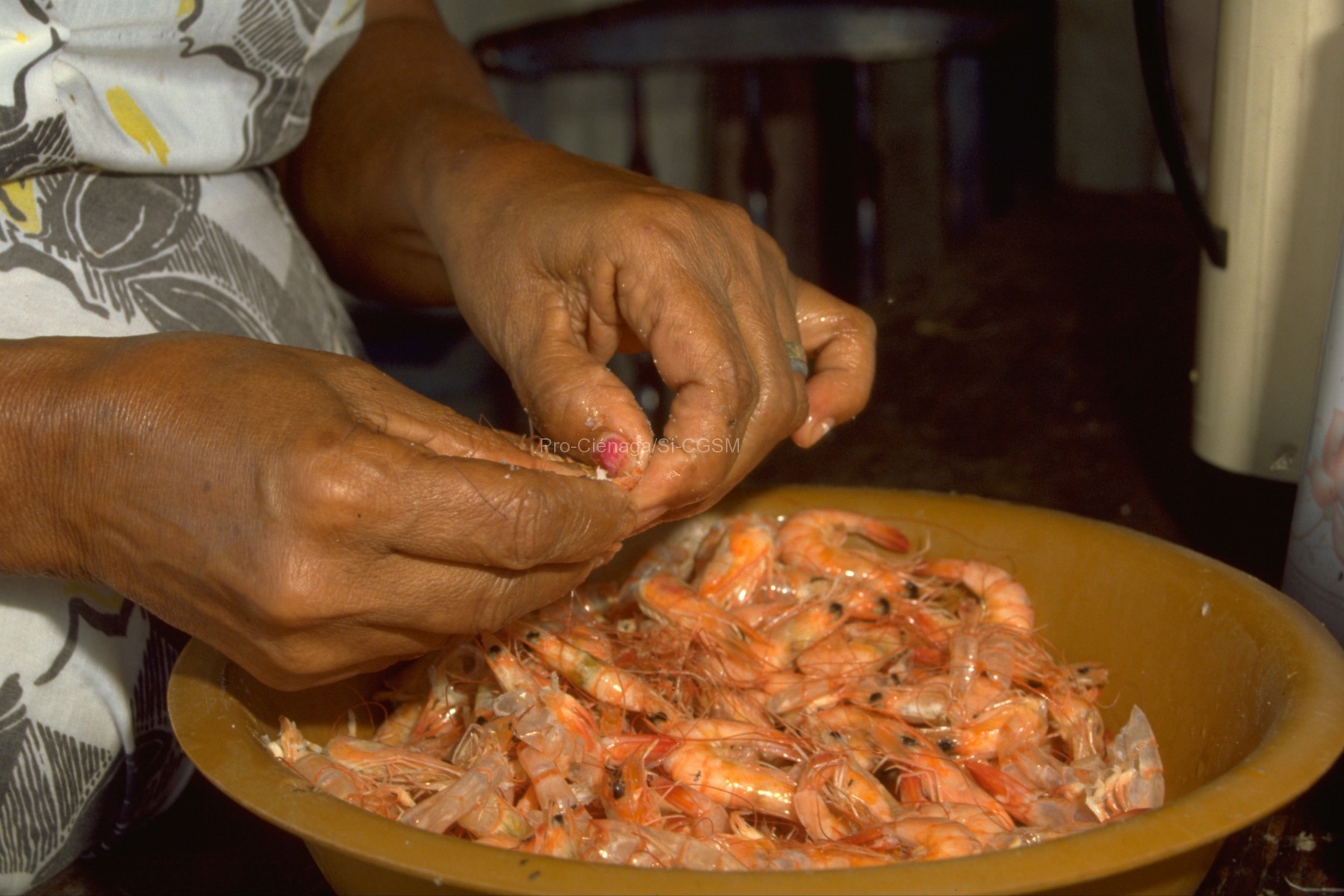DCA Distribución geográfica: Pleurodema brachyops se encuentra distribuida entre los 0-500 m s. n. m. en países como Brasil, Colombia, Guyana, Panamá y Venezuela. En este...
Seguir leyendo...Distribución espacial
Harris, D. M. (1994). Review of the Teiid Lizard Genus Ptychoglossus. Herpetological Monographs, 8, 226.
https://doi.org/10.2307/1467082 Evaluation of 305 museum specimens of Ptychoglossus reveals that 10 of the 11 taxa previously associated with the genus represent valid species, including P. nicefori...
Seguir leyendo...Hammerson, G. A., Hladki, I. A., Lee, J., Ramírez Pinilla, M., Renjifo, J., Urbina, N., Vazquez Díaz, J., Cisneros-Heredia, D. F., Gonzales, L., Catenazzi, A., Nogueira, C., Schargel, W., Rivas, G., & Murphy, J. (2019). Oxybelis aeneus, Brown Vinesnake. The IUCN Red List of Threatened Species, e.T198390A2523934, 9.
http://dx.doi.org/10.2305/IUCN.UK.2019-3.RLTS.T198390A2523934.en Range Description: This species ranges from the Pajarito and Patagonia mountains in extreme south-central Arizona, United States, south through western, eastern, and southern Mexico (but...
Seguir leyendo...Grijalba Bendeck, L. M., Santos Martínez, A., & García, C. B. (1998). Distribución espacio-temporal del chivo mapalé Cathorops spixii en la Ciénaga Grande de Santa Marta, Caribe colombiano, aplicando métodos geoestadísticos. Proyecto: Evaluación de los principales recursos pesqueros de la Ciénaga Grande de Santa Marta, costa Caribe colombiana código 2105-09-028-94, 1, 135-165.
Con el fin de conocer la distribución del chivo mapalé Cathorops spixii, se realizaron cuatro campañas de área barrida en la Ciénaga Grande de Santa Marta....
Seguir leyendo...Grijalba Bendeck, L. M. (1997?). Abundancia y distribución espacio-temporal del Chivo Mapalé Cathorops spixii (Agassiz, 1829), (Pisces: Ariidae) en la Ciénaga Grande de Santa Marta, Caribe colombiano.
Con el fín de conocer la distribución y abundancia del chivo mapalé Cathorops spixii en la Ciénaga Grande de Santa Marta, se realizaron campañas de área...
Seguir leyendo...Gonzalez Vargas, A. A., & Rueda Solano, L. A. (2016). Pseudis paradoxa (Linnaeus, 1758): Northward extension of the known distribution range in Colombia. Herpetozoa 28 (3/4), 192-193.
https://www.researchgate.net/publication/296198411_Pseudis_paradoxa_Linnaeus_1758_northward_extension_of_the_known_distribution_range_in_Colombia DISTRIBUCIÓN: In spite of increasing knowledge about the diversity of anuran amphibians in Colombia (BernaL & Lynch 2008;Galvis-Peñuela et al. 2011; Costa-Galvis 2012), there are...
Seguir leyendo...Franklyn, D. (2015). Pseudis paradoxa (Paradoxical Frog). The Online Guide to the Animals of Trinidad and Tobago.
https://sta.uwi.edu/fst/lifesciences/sites/default/files/lifesciences/documents/ogatt/Pseudis_paradoxa%20-%20Paradoxical%20Frog.pdf DISTRIBUTION: It is found in some of the South American countries (Fig. 4) such as Argentina, the Pantanal and the Amazon in Brazil and the...
Seguir leyendo...Escobedo-Galván, A. H., Cupul-Magaña, F. G., & Velasco, J. A. (2011). Misconceptions about the taxonomy and distribution of Caiman crocodilus chiapasius and C. crocodilus fuscus (Reptilia: Crocodylia: Alligatoridae). Zootaxa, 3015(1), 66.
https://doi.org/10.11646/zootaxa.3015.1.7 Four subspecies are currently recognized for the Spectacled Caiman, Caiman crocodilus (Linnaeus 1758): Caiman crocodilus fuscus (Cope 1868: Perosuchus fuscus), described from a single specimen...
Seguir leyendo...Escalona, M., Prieto-Torres, D., & Rojas-Runjaic, F. J. M. (2017). Unveiling the geographic distribution of Boana pugnax (Schmidt, 1857) (Anura, Hylidae) in Venezuela: New state records, range extension, and potential distribution. Check List, 13(5), 671-681.
https://doi.org/10.15560/13.5.671 Boana pugnax is a treefrog inhabiting open lowlands from southern Central America and northwestern South America. Its geographic distribution in Venezuela is poorly understood due,...
Seguir leyendo...Ernst, C. H., & Leuteritz, T. E. J. (1999). Geochelone carbonaria (Spix). Catalogue of American Amphibians and Reptiles, 690.1-690.7, 7.
DCA DISTRIBUTION: Geochelone carbonaria occurs in southeastern Panama and west of the Andes in the Chocó of Colombia, but its main range is east of the...
Seguir leyendo...

